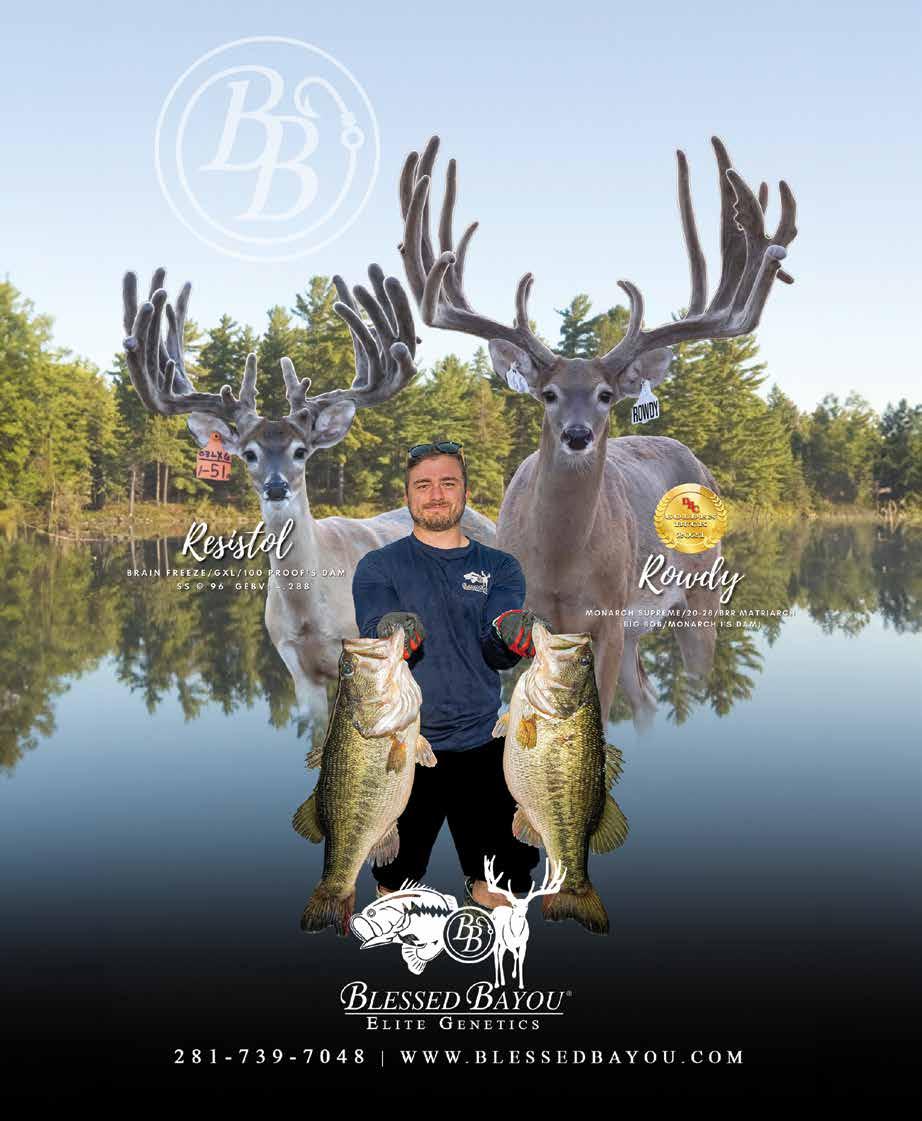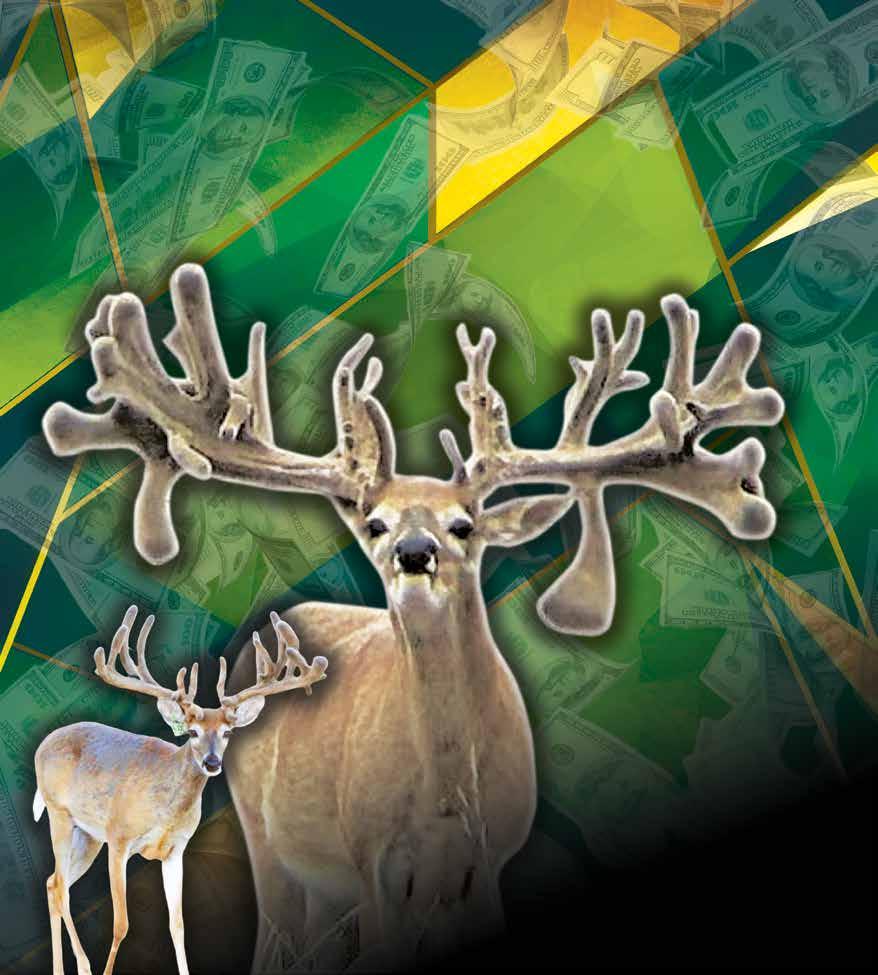



































Chris Ezell
President
Dangerous Whitetails of Oklahoma 7134 W. 420 Rd Chelsea, OK 74016 918-697-5389 chrisezell@rocketmail.com

Larry Armstrong
Treasurer
Armstrong Whitetails 689 Whitetail Ridge Skiatook, OK 74070 918-639-6951 critter6634@gmail.com.

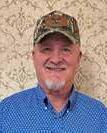
Tim Condict
Flying Eagles Ranch 23455 FR A51 Hodgen, OK 74939 214-549-9963 timcondict@gmail.com

Meagan E. Lewis
Secretary
Antlers Trophy Whitetails 1899 E CR 1980 ANTLERS, OK 74523 979-864-7732 mjlewis2020@icloud.com



Mike Charlton
Riverbend Trophy Whitetails 3616 Boston Pool Rd. Hominy, OK 74035 Mkbs5484@icloud.com 918-430-5484
Tommy Gleason
Deer Creek Whitetails
571 Lone Oak Rd W Hartshorne, OK 74547 918-424-5293 tomgleason6@yahoo.com


Shawn Horton
Secretary 368145 E 980 Rd Boley, Ok 74829 214-842-9462 shorton1965@yahoo.com



Barry Reed 836 E 480 Pryor, OK 74361 918-798-1887 barryreed7@aol.com
Joe Smith 14421 Buggy I Jones, OK 73049 405-696-3880








Advertisers running ads in any of the 2024 Multi State Association Magazines will have the opportunity to place a single buck update photo in the D&K Design September Showcase Book.
Reservation for space and buck info will be due no later than August 14th, 2024. If you have an existing picture ready to go, that will also be due at that time. If you would like to send in a last minute photo of your buck, the cutoff date is Monday, September 2nd by 9am CST. Placement will be in order of first come first serve. Printing and mailing will start September 4th and be in hand between September 16th-20th. Just in time for semen sales getting ready for Breeding Season. These will be mailed to members of the 19 state associations we service. (More information will be mailed out to all current advertisers closer to the date)
Cost: $175.00 each 1/4 page ad or 4 for $650.00 (Pre-register and we will contact you for further information)

If you are not a current advertiser, contact us for a yearling package to be eligible to participate! - Half or Full page
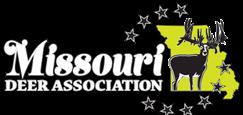


Amy Nold (‘26)
President Nold Farms LLC 51 SW 1501 RD
Urich, MO Henry 64788 660-492-0215 noldfarmsllc@yahoo.com
Bradley Lueckenhoff (‘26)
Vice President Little Flat Creek
200 Washington St Suite 4
Purdy, MO 65734 417-342-2516 bradjlueck@gmail.com
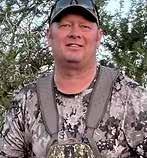


Matt Kirchner (‘25)
Missouri Whitetails 29158 Hwy. C Alexandria, MO 63430 660-341-0554 mkirchner32@gmail.com



Sean Combs (‘24)
Tall Tine Whitetail Ranch 697 Blackjack Trail Mountain Home, AR 72653 870-450-2736 sean@mallardresort.com

Donald Hill (‘24)
Oak Creek Whitetail Ranch 178 Oak Creek Ln Bland, MO 65014 573-943-6644 donald@oakcreekwhitetailranch.com

Racheal Monnig (‘24)
Secretary / Treasurer Monnig Whitetails 14631 Cedar Ridge Ave Salisbury, MO 65281 660-413-1254 monnig.whitetails@yahoo.com
Amanda Peckinpaugh
Accounting
MDA Accounting Department PO Box 1141, Marion IL 62959 618-993-3618
fax: 855-222-6027
accounting@missourideerassociation.com
Bradley Puff (‘26)
High Adventure Ranch 308 Mikel Ave St. Louis, MO 63043 314-578-4590 bpuff@highadventureranch.com
Garrett Westfall (‘24)
Double G Ranch Whitetails 12602 Summersette Liberty, MO 64068 816-806-9905 doublegwestfall@gmail.com

Jeni Haddock (‘25)
Walleye Whitetails 7751 Walleye Rd Pierce City, MO usa 65723 417-316-1059
jeni.haddock@gmail.com



Karla Kretschmer President
AB Whitetails 2052 Nation Rd Chetopa, KS 67336 620-920-0578
karlakretschmer@outlook.com
Kevin Constant Secretary / Treasurer
K&D Wildlife 4193 Clark rd. Meriden, KS 66512
785-224-8889
kanddwildlife@gmail.com

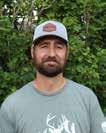

Joe Bisogno, Jr. Vice President
Timber Hills Lake Ranch 1369 Valley Road Mapleton, Kansas 66754 913-515-1507
joebisogno@yahoo.com
Jake Lamb Director-At-Large
Sand Creek Whitetail 10865 School Creek Rd Saint George, Kansas 66535 785-458-9100
sandcreekwhitetail@gmail.com
Mike Harris Director-At-Large

Acorns Wild 2369 Wolf Rd Chapman, Kansas 67431 acornsresort@yahoo.com


Believe it or not, July is upon us. July 1 is our annual renewal date for membership, as our membership year runs from July 1-June 30, each year. We greatly appreciate your continued support over the next year. Each member, regardless of herd size, location or species owned, helps further KEDA’s mission.
Along with networking with local ranches, KEDA works to protect the right to own elk and deer. As you may know, this is not an equal right in other states. For example, upon review of our neighbors, Nebraska and Colorado do not allow whitetail deer and mule deer ownership at all. Arkansas closed its borders years ago, which has crippled its local elk and deer industry. And most recently, Missouri’s whitetail deer owners are no longer able to import into their state.
We believe Kansas has the best rules in the nation to raise these animals. This is the product of aggressive advocacy work in Topeka. Your support will help preserve this. Please continue to support the association that supports YOU by renewing your membership. Below are a few examples of KEDA’s ongoing and recent legislative efforts in Topeka.
2021 to Present KEDA is currently negotiating with the Kansas Department of Agriculture to amend the state’s cervid regulations to add protections for herd owners involved in Chronic Wasting Disease trace-outs or discovery. KEDA expects these improvements to be made later this year.
2019 & 2020 KEDA teamed with the North American Elk Breeders Association to amend the state regulations to eliminate Brucellosis import testing for all farmed cervids. This means there is no longer a Brucellosis test, or Brucellosis certified herd status, required to move deer or elk into Kansas.
2015 KEDA helped pass a bill to clarify tagging requirements for farmed elk and deer. House Bill 2029 stated that farmed elk and deer only need to be officially identified when deer and elk enter or exit their ranches. Movement to direct slaughter facilities are excluded from this requirement. The bill would not impact ranches enrolled in the USDA’s Chronic Wasting Disease monitoring program as they must have two official forms of identification on every animal in their possession. Elk and deer owners not in the CWD program and owners of hunting preserves are benefited by the bill.
2015 KEDA worked with the Kansas Department of Agriculture to amend CWD regulations to exempt Fallow Deer, Reindeer, Axis Deer, Pere David Deer, Sambar Deer and Hog Deer from CWD import requirements into Kansas.
2013 KEDA pushes and passes Senate Bill 57 to modernize Kansas cervid statutes. The bill adds enforcement teeth for unlicensed cervid ranches. Despite interest from the Kansas Department of Wildlife, Parks & Tourism to share oversight in cervid regulatory authority, the bill ensured all ranches in Kansas remain governed by the Kansas Department of Agriculture.
All of these great legislative and regulatory advances were made possible by the support of our membership.
Remember, Change starts with 1
Your Kansas Elk and Deer Association Board of Directors
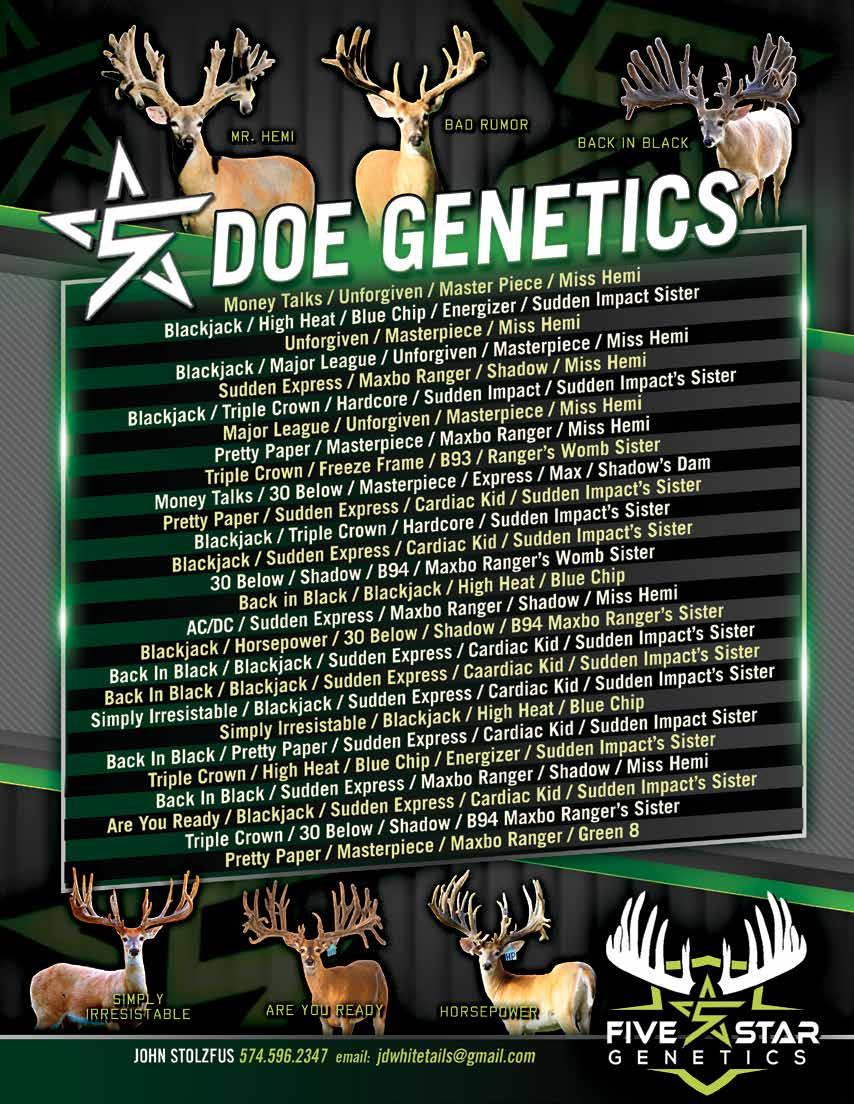

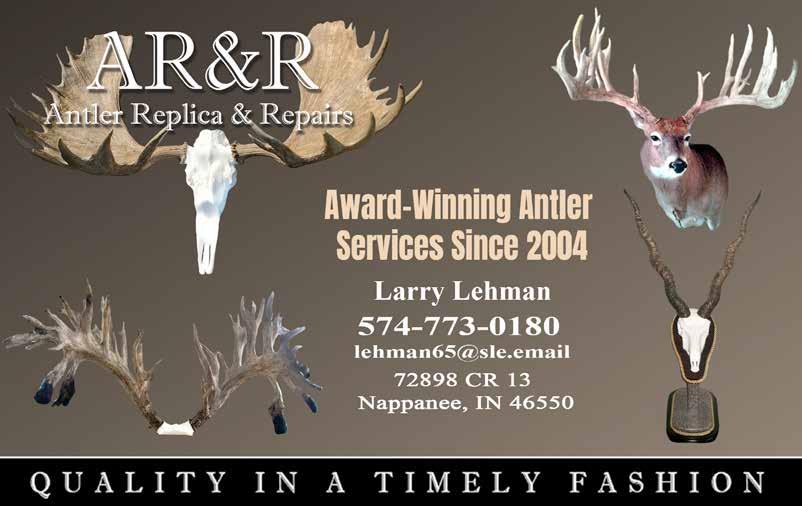



Every summer in the late 80’s, as a young teenaged boy, Eddie Ray Borkholder would put out a sign at the front of his Nappanee, Indiana home. It read “Fawns for Sale. $100.” He never had to wait long for interested customers. Turns out, no one can resist a fawn. In 1999, Jim Davidson was on his tractor one early June morning in Marshall, Illinois, when he saw an adult doe get hit and killed by a car. He quickly discovered she had a doe fawn. He made two or three rounds near the road to check on it, worried it would suffer the same fate as it’s mother.
Pretty soon, the little bleating fawn started following him. Concerned for her welfare, Jim, now 80, climbed down from his tractor, scooped up the precocious new life in his arms, and put her in the tractor with him. He rode all day with the tiny fawn either in his lap or right next to him. When daylight began to fade, he wasn’t sure what to do, although he was certain he couldn’t let her go out on her own. That night, as a gift he gave her to his very young grandchildren Derrick and Taylor, who shrieked with love for their new
pet and named her Bambi. When their father Rick Davidson (who would later own Illinois Dominant Bucks) got home, he was initially not pleased with what his father had done. At all. However, it turned out to be the best thing that ever happened to their family. And what began as just a love for deer, later turned into a full-blown business after buying 200 acres in 2005 from his Aunt Francie.
Like Davidson, Borkholder’s simple love of deer took a more serious turn in the 1990’s when he started his unique Patrick line and Pine Creek Deer Farm. However, a love for agriculture and all that came with it started much earlier for Borkholder and Davidson by the generations of family members before them, who knew what it was like to be up every morning before sunrise, work long hard hours in the sting of the cold or burning of the sun (along with
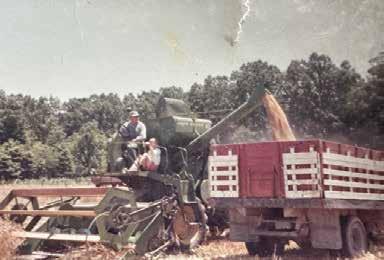
working up a hearty appetite) and later drop in bed grateful, tired and ready to start all over again the next day. Eddie Ray, the first is his family to farm deer, grew up learning the art of crop and dairy farming from his father, grandfather and great grandfather. His son Josie, in learning the art of raising deer, felt in his younger years that farming itself was, honestly, just a lot of hard, hard work. “Looking back, I see it now as more of a luxury and bonding time with Dad,” reflected Josie, who now owns Lone Pine Deer Farm with James Slaubaugh. “Today, farming is getting lost. We need to look at creative ways to continue, and deer farming is one way to do that. Dairy farming has become so

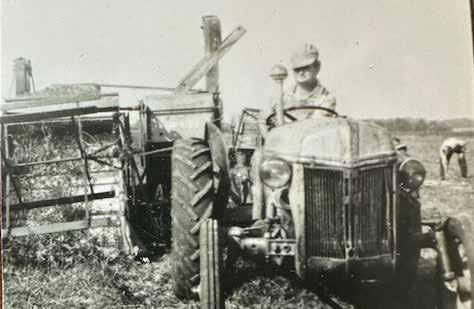

commercial and there aren’t many new dairy farms starting up. If we don’t take the opportunity now to carry farming forward it will be lost.”

children were learning to ride bikes, Davidson was learning to drive a tractor. As age six he sat behind the wheel for the first time, his great great grandfather Richard “Dick” Davidson patiently walking beside him, teaching him the skill needed to drive the now long outdated Ford 8N stick shift two-wheel drive metal seated tractor. “It took a while for me to catch on,” Davidson said. However, he learned along with that experience what drove his grandfather to farm his land. “Farming gets in your blood,” he said. “At first, I wasn’t sure I wanted to farm and work as hard as my Dad. It was only after going away to college and being away from it, that I realized how much I missed it. It’s critical to keep family farms going. Farming is the backbone of our country. We are always going
to need to eat. Without farming, we lose valuable land and the love of the outdoors. Deer farming is an extension of that love and something we need to continue to pass down.”
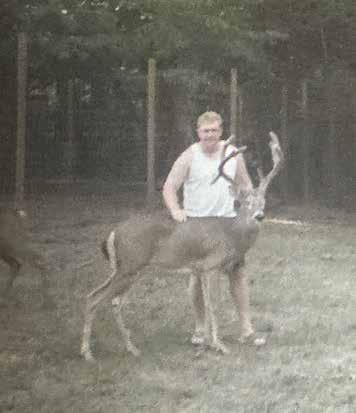
Micr ochips
• USDA 15 digit ISO
• 9 digit Avid and 10 digit Euro.
Avid Reader s
• Avid MiniTracker Livestock Reader specially priced.
• Blue Tooth® option.
• Dependable Fast, Accurate read EVERY Time!
• U.S.A. made and service.




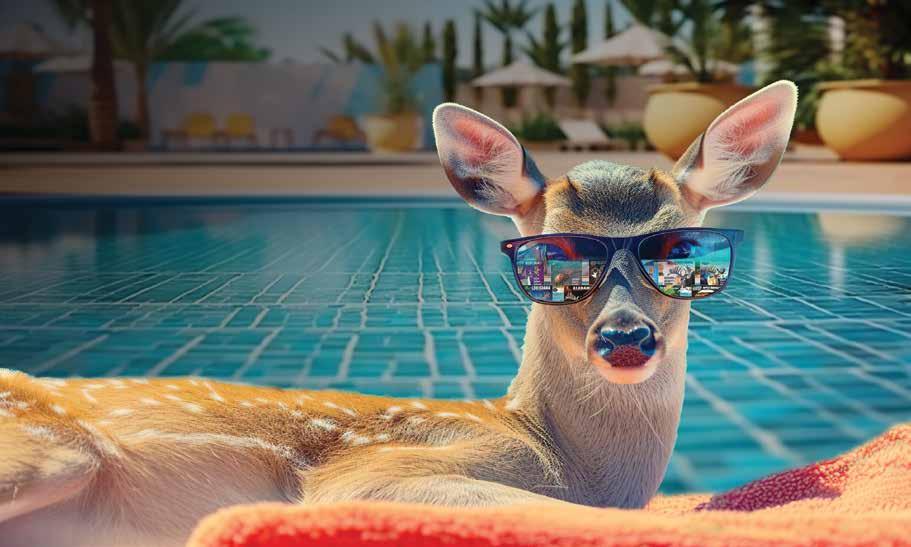


Pennsylvania
Southeast
Tri-State
United



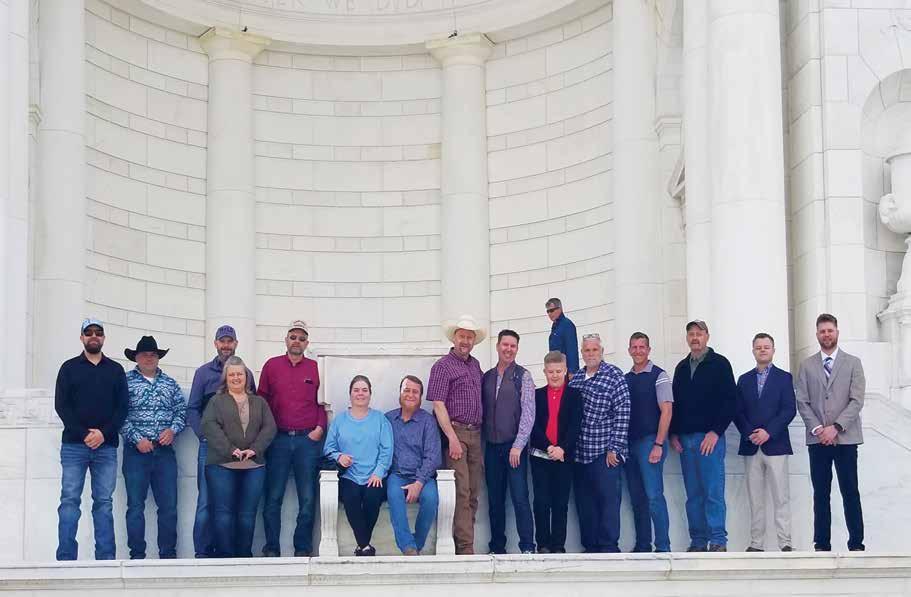
This year, the NADeFA fly-in to Washington, D.C. happened between April 8-10th. Members from North Dakota, South Dakota, Missouri, Oklahoma, Pennsylvania, Alabama, Michigan, and New York joined together to represent NADeFA in our nation’s capital. The group had the opportunity to talk to lawmakers about the key issues that affect them, specifically the adverse effects of chronic wasting disease (CWD), the need for a cure, and the importance of indemnity money for deer farmers and ranchers nation-wide.
The Congressional meetings were focused on two sets of asks for FY 2025. The first one, is for the Chronic Wasting Disease Research and Management Act to be funded at $15 million. For context, the bill was passed in the last Congress by efforts from Capitol Hill Consulting Group, in collaboration with the NADeFA fly-in, and was authorized $70 million a year for research and development efforts aimed at finding a cure. Of that amount, half will go to State Agriculture and Wildlife agencies to manage CWD activity within their states, while the other half will be used to improve the science surrounding the disease. However, NADeFA is asking for a fifth of the authorized dollars due to the limited funds in FY2025, and are seeking to use it as seed money to get the program started. The second request was for Congress to appropriate $18.5 million for the Animal and Plant Health Inspection (APHIS) to fund the Cervid Health Program, a $1 million increase over FY24, and ensure that indemnity money is set aside for those farms affected by CWD.
One of the main priorities for the visit this year was to characterize CWD as a national issue and emphasize that with increasing Congressional support focused on live testing and genetic resistance research efforts, an answer for this disease is on the horizon. Key meetings included Chairman of the House Agriculture Committee Congressman GT Thompson (R-PA), Congressman Brian Babin (R-TX), and Senator John Hoeven (R-ND). Additionally, NADeFA members were able to meet with APHIS Administrator Dr. Michael Watson in USDA and Taylor Schmitz from the Congressional Sportsman Foundation.
In their free time, the group had the opportunity to visit Arlington Cemetery and closed the successful trip with the yearly tradition of dinner at Fogo de Chao, an internationally-renowned Brazilian steakhouse. The impact of those who took time out of their schedules to come to D.C. is incredibly valued and noted. Fly-ins are an essential component in Congressional communication, especially when discussing issues affecting you and your community. The meetings have a proven record of securing policy changes as seen with the Chronic Wasting Disease Research and Management Act. It was a pleasure having NADeFA visit us here in D.C. last month and we are excited for next year’s trip!
By Caroline Herrera Capitol Hill Consulting
Phone (260) 248-1684
#1272/392131 Red Barron/Texas Tea/Gladiator
#1247/392113 Issac/Fed Ex/Gladiator
#1243/392111 Red Barron/Champion Express/Indiana Express
#1295/392152 The Heat/Shadow/Texas Tea
#1210/392086 Red Barron/Champion Express/Champion Express
#1300/392156 Iceman/Free Agent/Fed Ex
#1081/392431 Highpower/Gladiator/GB Buckster
#1083/392432 Highpower/Unforgiven/Gladiator
#1114/392442 Red Barron/Unforgiven/B-1
#1150/392449 Red Barron/Duracell/GXL
#1075/392426 Red Barron/Maxbo Ranger/Doc
#1085/392433 Highpower/Unforgiven/Texas Tea
#1092/392435 Red Barron/Champion Express/Dream Ranger
#1107/392439 Red Barron/Champion Express/GXL
#1143/392447 Red Barron/GXL/Texas Tea

-0.001827
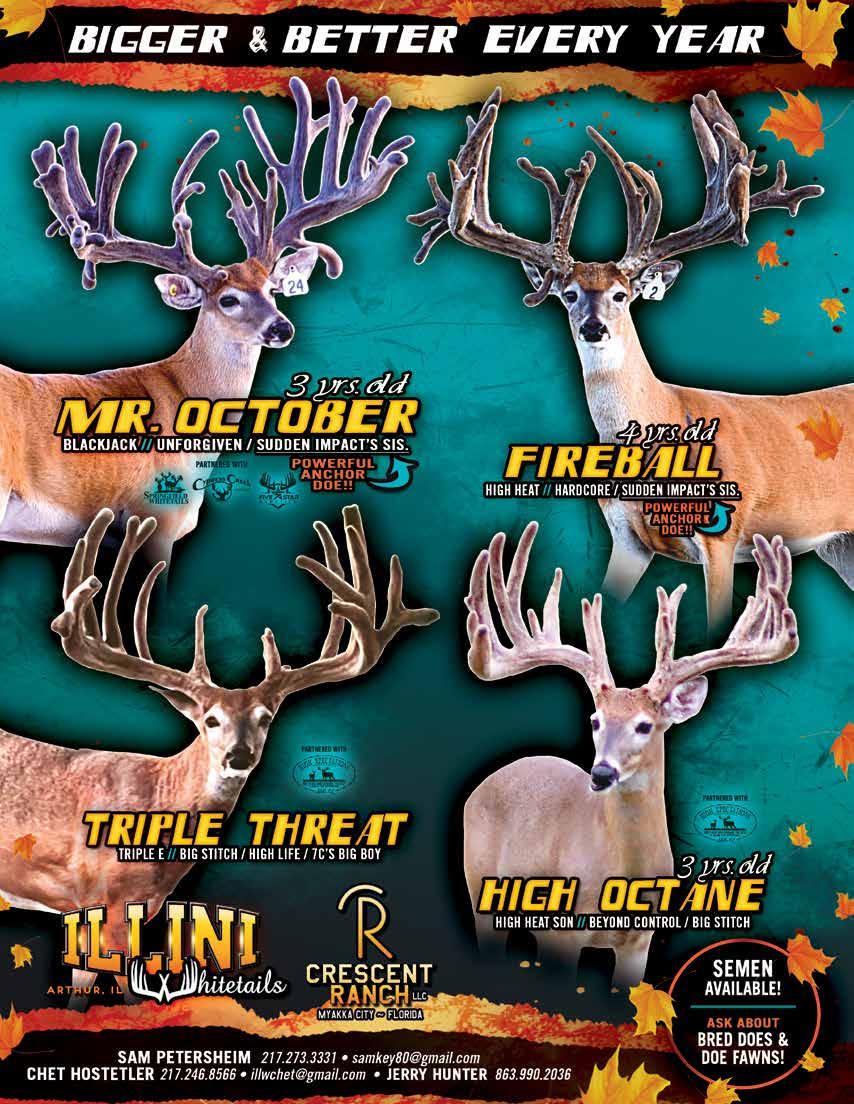



An Act relating to live game; creating the Chronic Wasting Disease Genetic Improvement Act; requiring creation of certain pilot program by certain date; establishing program’s purpose to enhance genetic durability of Oklahoma deer against chronic wasting disease; establishing program at the Oklahoma Department of Agriculture, Food, and Forestry; requiring certain assistance of the Department of Wildlife Conservation; requiring collection of DNA samples; requiring certain procedures and determinations; allowing for the establishment of testing locations; limiting participation in program; providing for certain timeline of program activity; authorizing the promulgation of rules; providing for a one-time permit fee; providing for codification; and providing an effective date.
SECTION 1. NEW LAW A new section of law to be codified in the Oklahoma Statutes as Section 6-520 of Title 2, unless there is created a duplication in numbering, reads as follows:
A. This section shall be known and may be cited as the “Chronic Wasting Disease Genetic Improvement Act”.
B. No later than November 1, 2024, the Oklahoma Department of Agriculture, Food, and Forestry shall establish a pilot program to enhance the genetic durability of Oklahoma deer against chronic wasting disease. Such pilot program shall include, but not be limited to, the following program characteristics:
1. The Department of Wildlife Conservation will begin collecting DNA samples to establish a baseline of average genetic codon markers and genomic breeding values for native, free-ranging Oklahoma whitetailed deer. For establishing testing locations in the state, the Department shall use Interstates 35 and 40 as dividing lines or established Department deer management zones as published in the current hunting regulations guide;
2. Limit participation in the program to native white-tailed deer, born and raised in Oklahoma with genetic resistance breeding, including the SS allele at codon 96, and that surpass the genomic estimated breeding value cutoff established for the program by the Oklahoma Department of Agriculture, Food, and Forestry; and
3. Beginning in 2026, during the months of February and March and through the fifteenth of April, bred female and male deer may be released.
C. The Oklahoma Department of Agriculture, Food, and Forestry and the Department of Wildlife Conservation may promulgate rules as needed to implement the provisions of this act.
D. The Department of Wildlife Conservation may charge a one-time permit fee, which shall not exceed Five Hundred Dollars ($500.00), for citizens purchasing deer as a result of criteria established in the pilot program.
SECTION 2. This act shall become effective October 1, 2024.
Whitetails of Oklahoma is proud of their Legislators, Wildlife Agency, and Ag Department, for all working together to make Oklahoma leaders in the nation.

If you would like your farm or business featured on our business card pages, email digital pdf file or scanned image (must be readable resolution) of your business card to:
Meagan Lewis for Oklahoma members: mjlewis2020@icloud.com
Karla Kretschmer for Kansas and Missouri members: karlakretschmer@outlook.com
This gives Tri-State members a way to reach out to one another for services and to buy or sell deer! There will be limited pages for these card spreads, first come first serve. The overflow would be placed in the next issue and cards will be rotated each quarter.
If you have any questions please contact Kathy Giesen: 435-817-0150





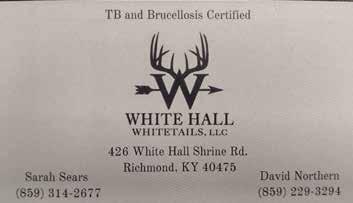





Through Safari Club International (SCI), farmraised deer who win antler competitions can be included in the record books. “SCI truly appreciates a deer for what they can grow on their head,” explains SCI Master Measurer Steve Uchytil. “They have their own classification for farmed deer. Not all hunting clubs are like that. SCI allows qualified or “Estate” deer to be included in their record books.” Having a deer in the SCI record books “is a great way to make a name for your farm,” said Uchytil, who began antler scoring in 2017. “As a deer farmer, it’s fun to be involved in competitions and create benchmarks for improvement and to be competitive with other farms. Pedigrees don’t matter and the better you can compete antler-wise, the better it can be for your farm.”
For more than 50 years, SCI, headquartered in Washington, D.C., has protected the freedom to hunt and has promoted wildlife conservation worldwide. SCI has close to 200 chapters representing approximately 106 countries with a membership of 50,000 and growing. In addition to operating a 501(c)3 foundation, SCI has the largest record book of any hunting organization.
At trade shows such as NADeFA, as well as other deer association conventions, antler scoring competitions are one of the most anticipated events and can involve several antler scorers and their
By: Gail Veley • Sponsored by UDFOMassistants. For Randall Bush, 81, being an SCI Master Measurer for 34 years has been one of his greatest passions. His work has taken him to numerous events and states and even to places as far away as Mongolia. Through his work as a Master Measurer, he has witnessed firsthand how hunting organizations have changed lives and created lasting memories.
From involvement in wounded warrior hunting clubs from Texas to Alabama to helping handicapped children with guided hunts, Bush feels certain this was truly meant to be his life’s work. Although he worked 47 years as a pharmacist and retired years ago, Bush can never see himself retiring from the deer industry. “SCI has been my life,” he said. “I have more energy now than ever before.”
Like Bush, Uchytil also looks forward to the time he spends scoring antlers as events such as The Monster Buck Classic, The Whitetails of Wisconsin annual convention, The Minnesota Deer Farmer’s annual convention and others. “I’ve probably scored about 2,000 racks,” he said. “I guess one of my most fun experiences and memories was The Monster Buck Classic a few years ago. I scored 100 plus racks that day and had to teach a bunch of kids about it. I had no shortage of helpers that day.”
In his time as an antler scorer, Uchytil has handled between 50 to 120 racks in one day. Depending on the size of the rack, each one takes
an average of 20 or more minutes to score. “Some of the most interesting racks are mule deer,” he said. “There aren’t usually a lot of them. Some of their antler features are very different than whitetails.”
As the deer industry continues to grow and hunting preserves further embrace their role in land conservation and stewardship, being active in organizations like SCI strengthens the voice of all those involved. “We need the SCI standing behind us, promoting ethical hunting, recognizing farmed deer for what they are and supporting the work that we do,” Uchytil emphasized. “We appreciate what they have allowed us in the deer industry to accomplish and thrive upon.”






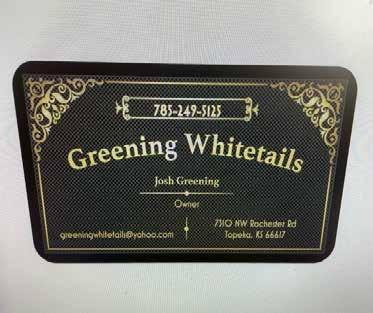
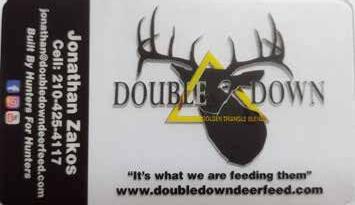

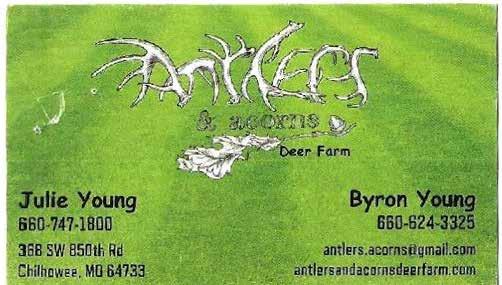
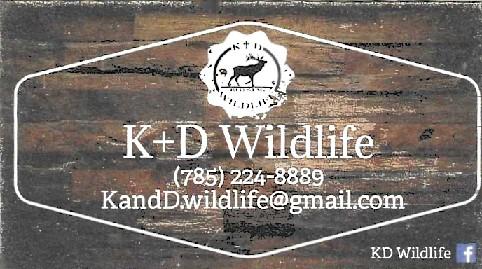
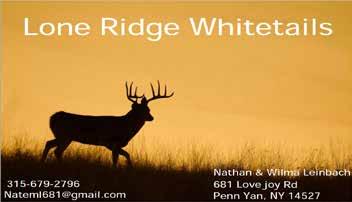
IF YOU HAVEN’T TRIED PNEU-DART’S RDD S , YOU’RE MISSING MORE THAN YOUR TARGET
Did you know impact trauma can negatively influence medical treatment? We do. Which is why we’ve spent 55+ years perfecting the ideal remote delivery device. Shorter in length and lightest on the market, our disposable RDDs, with patented Slo-Inject® technology, provide ultimate accuracy while reducing the potential for problematic hematomas. Pneu-Dart. When you can’t afford to miss.®


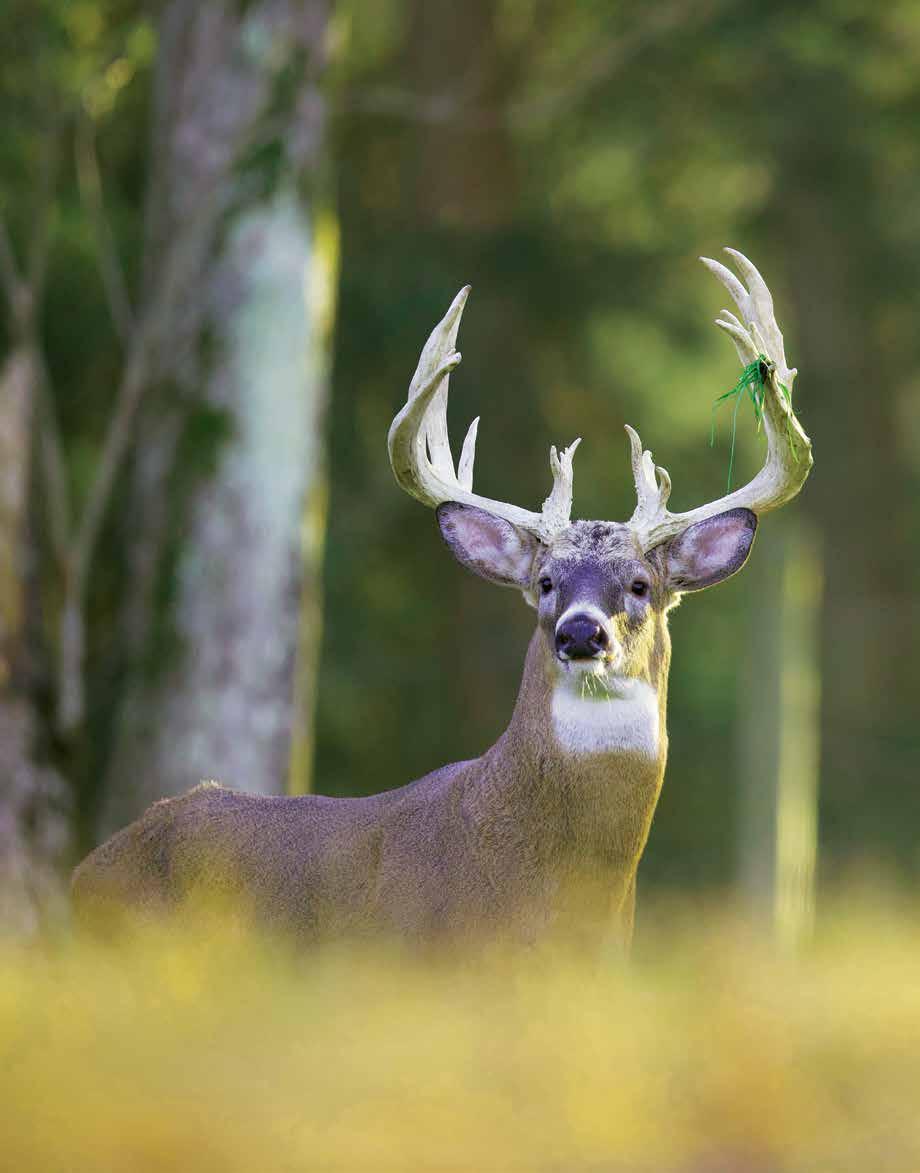
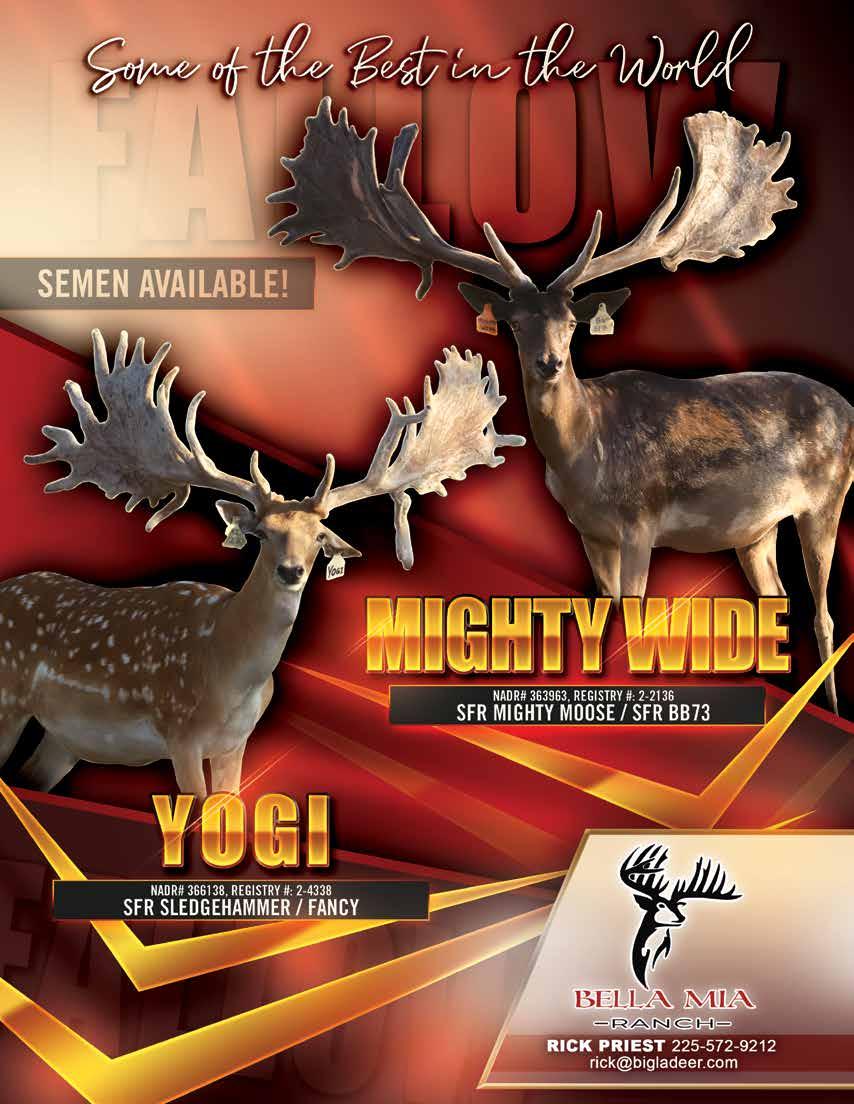






Disclaimer: The information contained in this advertisement is general in nature and is intended for use as an informational aid. It does not cover all possible uses, actions, precautions, side effects, or interactions of the medications shown, nor is the information intended as medical advice or for making an evaluation as to the risks and benefits of using a particular medication. You should consult with your veterinarian about diagnosis and treatment of any health problems. Information and statements have not been evaluated by the Food and Drug Administration (FDA), nor has the FDA approved the medications to diagnose, cure or prevent disease. Medications compounded by Mixlab are prepared at the direction of a veterinarian. Mixlab compounded veterinary preparations are not intended for use in food and food-producing animals. Mixlab does not recommend, endorse or make any representation about the efficacy, appropriateness or suitability of any specific dosing, products, procedures, treatments, services, opinions, veterinary care providers, or other information that may be contained in this advertisement. Mixlab is not responsible nor liable for any advice, course of treatment, diagnosis or any other information, services or products that you obtain through this advertisement.
Without a doubt, “insect infestation affects the growth of deer antlers,” offers Dr. Dan Moore, DVM and owner of The Natural Vet, a supplement supply company based out of Unicoi, Tennessee. As a recent attendee of the 2024 Alabama Deer Farmers Association annual convention, Dr. Moore is well-versed in the types of insects that plague deer farmers in southern states such as Alabama and Tennessee. Insects such as mosquitoes, ticks and midge flies “also carry the threat of disease in deer, leading to stress, weight loss, deficient antler growth, anemia and even death in more severe cases,” added Dr. Moore, 68, a retired veterinarian and former owner of two vet practices.
For deer farmers, protecting their deer from disease is akin to protecting their very own families, Dr. Moore has learned. “This is how much deer farmers love their deer. I even knew a farmer once who had two fawns at his wedding just for the sake of having them there,” he said. For the sake of running a successful operation, prevention is the main focus in disease management. While Alabama itself is home to several predatory animals that can harm adult deer and fawns
such as opossums, hawks, coyotes, alligators, raccoons and feral hogs, to name a few, insects cannot be held back by sturdier fences, traps or legal, seasonal hunting practices.
In the warmer, moist and more humid climate found in Alabama “insects must be managed yearround,” Dr. Moore said. These insects predominately include midge flies which can carry Epizootic Hemorrhagic Disease (EHD), horse flies which live on host blood and deliver painful and stressful bites, ticks which can carry Lyme Disease and mosquitoes which can carry a vast amount of diseases such as Eastern Equine Encephalitis, West Nile virus and other diseases that can also affect both deer and humans. Alabama is home to approximately 60 species of mosquitoes that are attracted to water puddles, watering holes, ditches and other waterways.
Eradication methods include fogging with misting systems, insect deterrent sprays such as fly spray and supplements added to feed to make livestock unpalatable to preying insects who depend on their host blood for survival. Understanding which insects are most prevalent at your deer farm can help guide decisions such as which time of day is most effective for fogging, or when to mow or not now grass, or simply leave

it as grazing land. However, without careful scrutiny and monitoring, these practices could cause misfortune to other wildlife species, floral and fauna that are not harmful to deer.
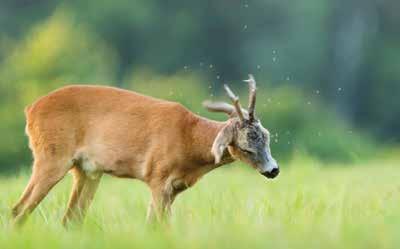
Many deer supplement products, available from a wide variety of local and on-line feed stores, were primarily derived from Dr. Moore’s horse products after it was discovered that deer found them appealing. “They can provide deer farmers with natural solutions to common problems,” Dr. Moore said. “My father went through threeyear illness during which I lost faith in traditional medicine. I felt that there could be better and more natural ways to propagate health for ourselves and our domestic animals.”
“I highly recommend that all deer farmers investigate natural solutions for the dilemmas they face in raising their deer,” Dr. Moore. “This can also include more natural dewormers, insect sprays and feed management practices. Considering the big picture, I think this is the best thing to do.”
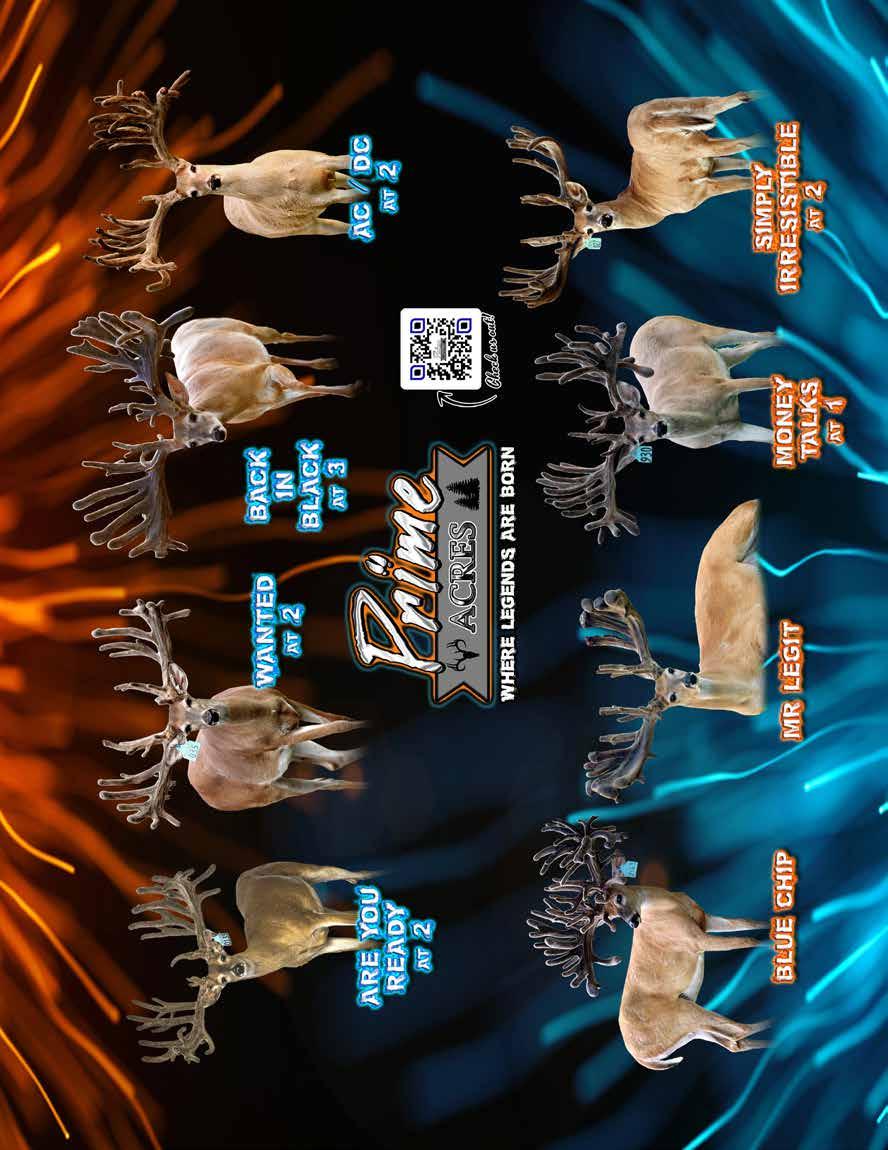

The rules for sudoku are simple:
A 9x9 square must be filled in with numbers from 1-9 with no repeated numbers in each line, horizontally or vertically.
To challenge you more, there are 3x3 squares marked out in the grid, and each of these squares can’t have any repeat numbers either.
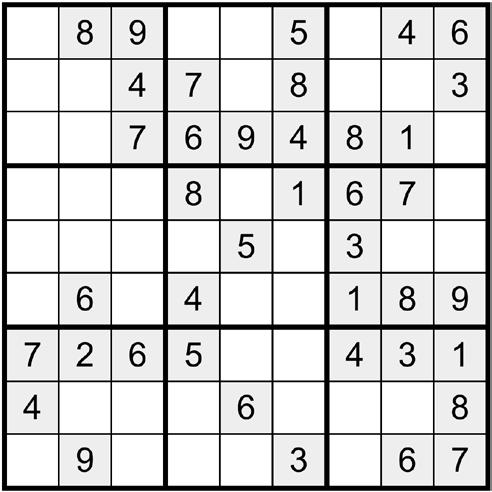

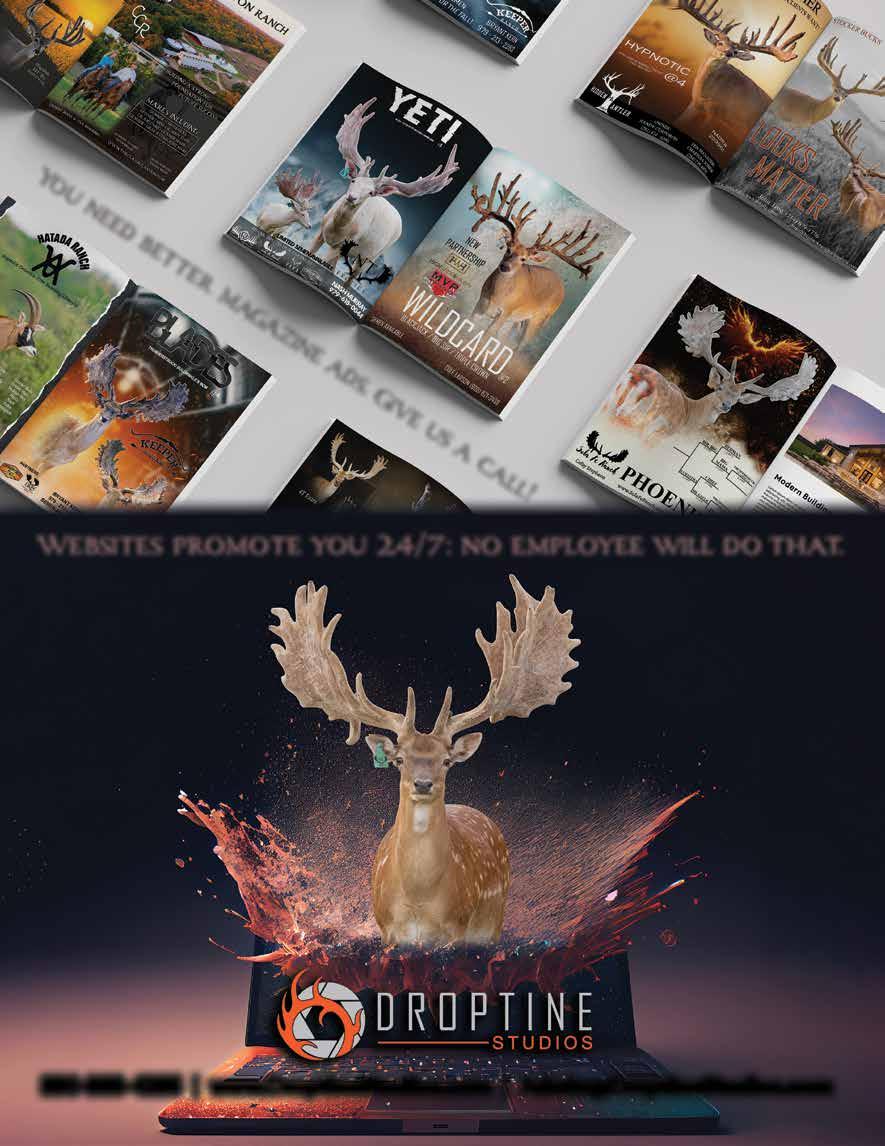

Creating a bright future for cervid farming and working together to strengthen the industry starts with deer farmers doing one thing. Attending annual events. On August 13th, 2022, the North Dakota Deer Ranchers Association Annual Picnic and Fundraiser event was only missing two members as they gathered in Linton, North Dakota at Ryckman Whitetails. Literally everyone else on the membership roster was there enjoying the camaraderie, speakers and fundraising activities. Yet, there was also something else very palpable at this event. Optimism about the industry, felt by all in attendance, was very bright.
“EHD may have bad last year but we got through it,” said President Mike Ryckman as he reflected on their event in 2021. “Since then, we’ve had three new farms start up. All of these things help create a good name for North Dakota in the deer industry. If

you support your organization, it gets stronger.”
CWD took the spotlight as a topic of discussion at the event. While CWD in North Dakota was first identified in 2009 in a wild mule deer and in a wild whitetail deer in 2013, as of August 2022 CWD has never been found in farmed cervids, according to North Dakota Board of Animal Health Deputy State Veterinarian Dr. Beth Carlson. Chris Ryckman, who serves with Carlson on the Board of Animal Health as a member and licensed producer who represents nontraditional livestock, presented a board update, explaining that the support for deer farming is strong among government entities such as the Board of Animal Health.
Should a case of CWD ever present itself among farmed cervids “we would manage it according to USDA guidance and take into account the producer’s wishes, with input from the Board of Animal Health,” Dr. Carlson explained when asked about the state’s stance on CWD. “We would work with the producer and explore if they’ve been compliant, and their herd would operate under quarantine for a determined period of time.”
Event attendee and NADeFA Executive Director Shawn Schafer, who also served as a Board of Animal Health board member for close to 15 years, contributed to the CWD discussion. “We really appreciated Shawn explaining things to us in very understandable terms,” Mike Ryckman said. Discussion also centered around applying for funds through the North Dakota Animal Industry Board to aid in future CWD herd testing and regulation compliance.
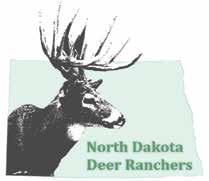
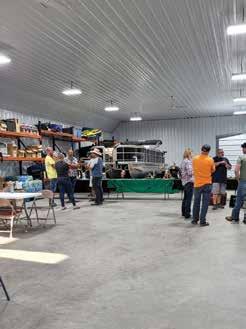
Complimenting the day were farms tours as well as productive fundraising activities including Guess the Score from a collective set of six antlers. Winner Chris Ryckman was only off by a mere six inches. “Everyone involved in a deer association really enjoys these types of activities and also shares so much in common with each other and shares common interests,” Mike Ryckman said. “This makes it easier to strive toward a common goal and work together.”
As Mike watched the crowd devour elk roast and deer sausage, the wheels were already turning for next year. “We’ll have another interesting agenda and a good turnout I’m certain,” he said. “I hope for the very same thing for all the other deer associations. Let’s keep this thing going.”


















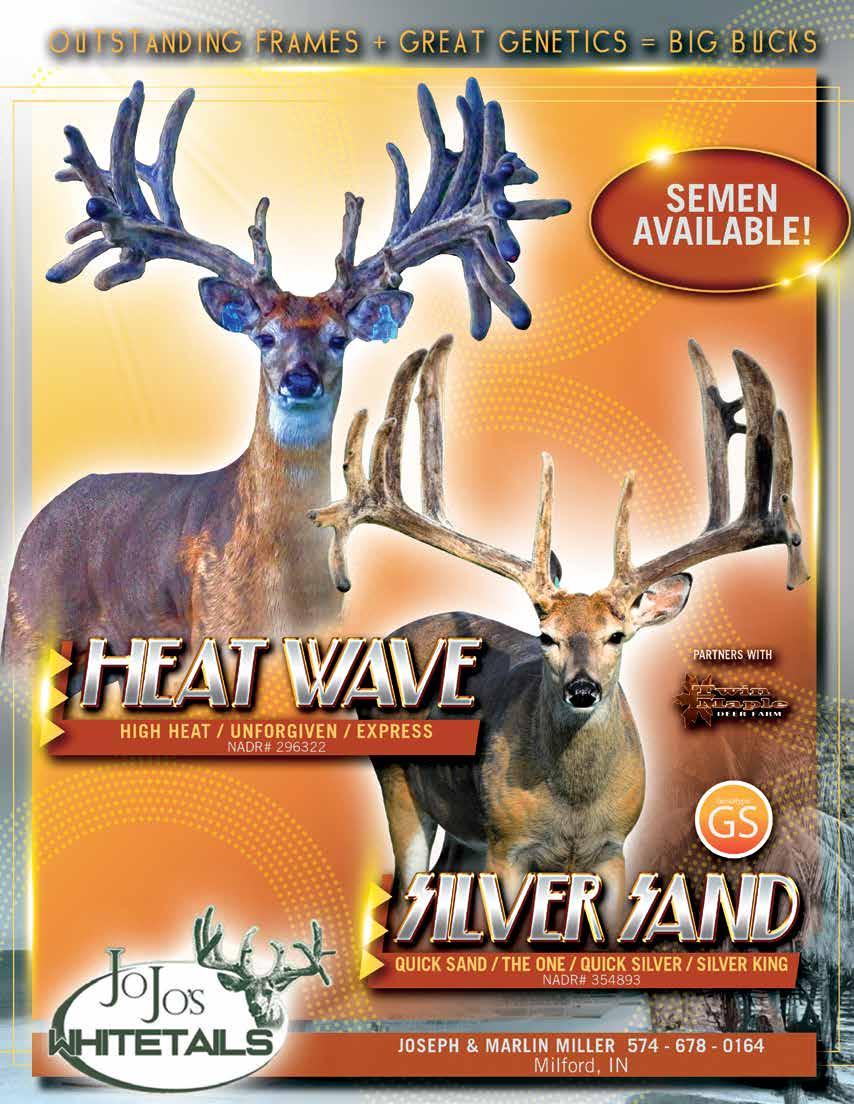

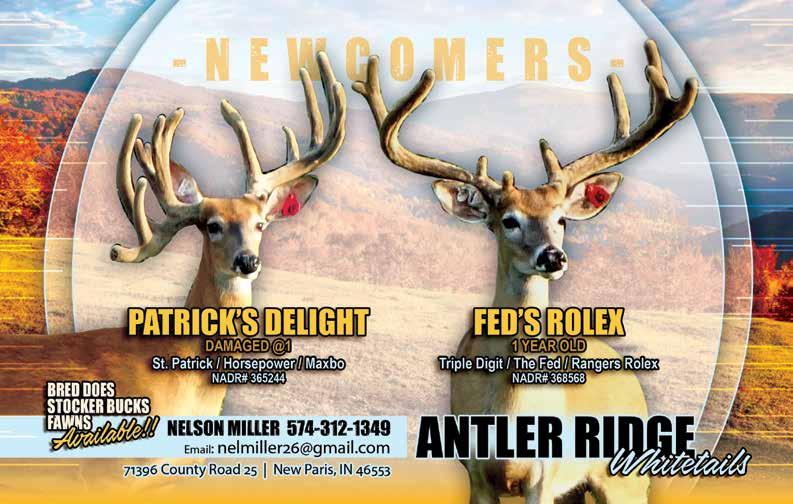
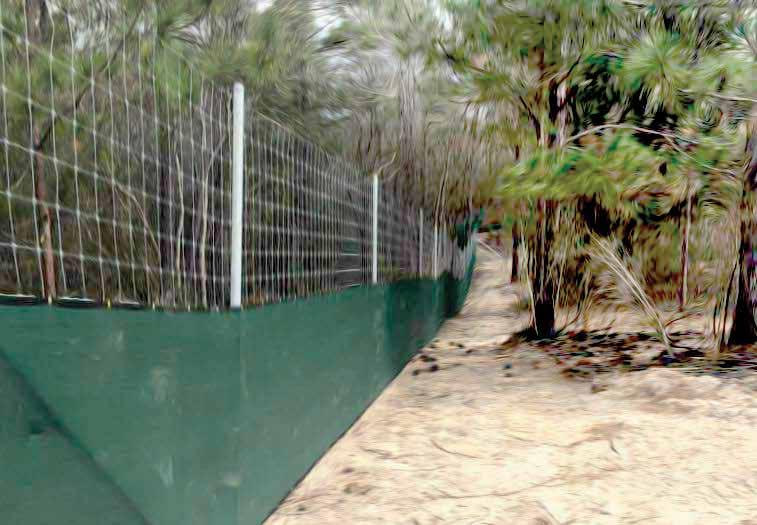




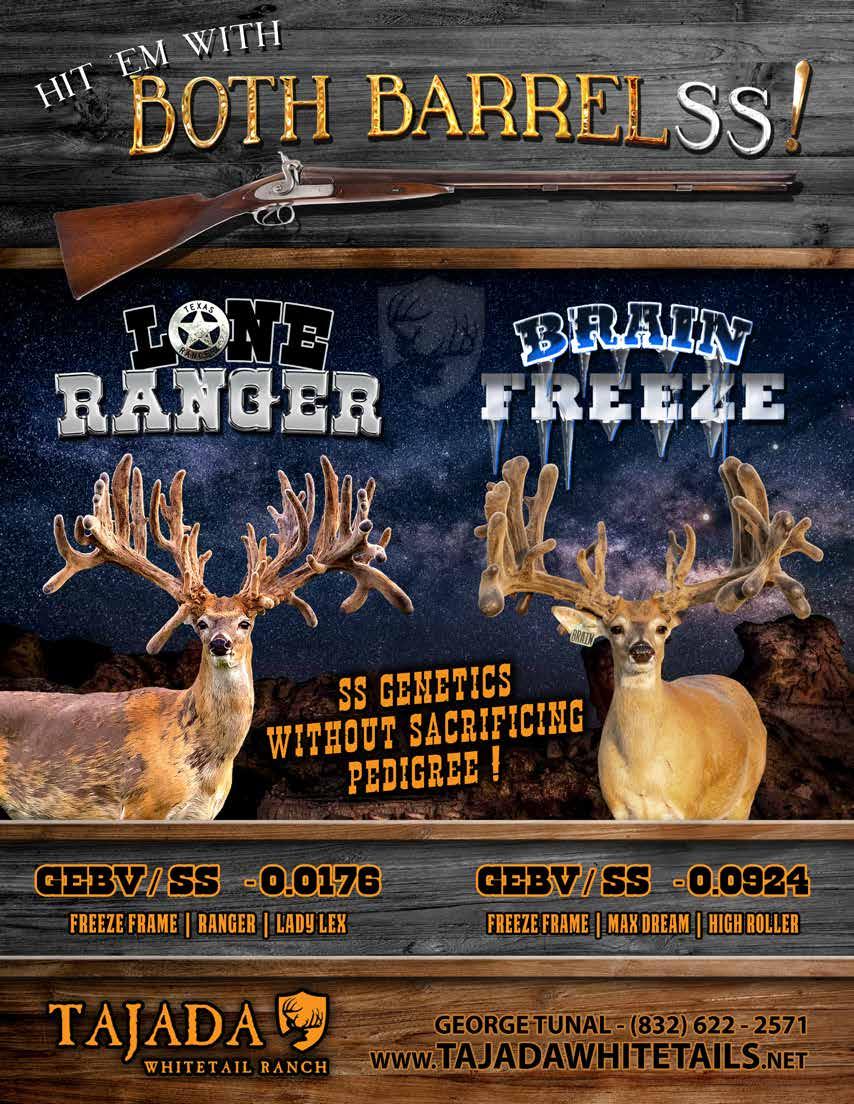
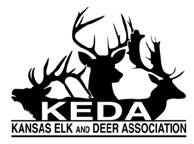
July 1, 2023 - June 30, 2024
Registration/Renewal form
Name:___________________________________________________________________
Ranch/ Farm Name:___________________________________________________________
Address: _________________________
City/State/Zip_________________________________________________________________ Phone:_______________________________________________________________________
Email:____________________________________________
How many elk do you own?___________________________________________________
How many deer and what species?___________________________________
How many acres of high fence?______ Do you AI your elk or deer?________
Do you own a hunting preserve?______ If yes, how many animals harvested a year?_______
Do you sell elk and/or deer products at local farmers markets?________
Do you harvest velvet antler? ________
Are you enrolled in the voluntary CWD Monitoring Program?________
Circle membership type:
Voting member: $50 annually, full voting rights, must own elk or deer in Kansas
Associate member: $25 annually, nonvoting (not open to elk or deer owners in Kansas)
Dues payable to: Kansas Elk & Deer Association 825 S. Kansas Ave; Suite 500 Topeka, KS 66612


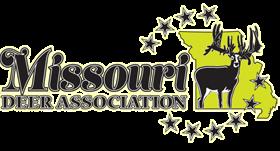
The perfect sizzle for your early summer afternoons!
• 2 teaspoons seasoned salt
• ¼ teaspoon garlic salt
• ½ teaspoon black pepper
• ½ teaspoon cayenne pepper
• 1 teaspoon dried oregano
• 1 ½ pounds venison, cut into 2 inch strips
• 4 tablespoons vegetable oil
• 1 medium red bell pepper, cut into 2 inch strips
• 1 medium yellow bell pepper, cut into 2 inch strips
• 1 medium onion, cut into 1/2-inch wedges
• 12 fajita size flour tortillas, warmed
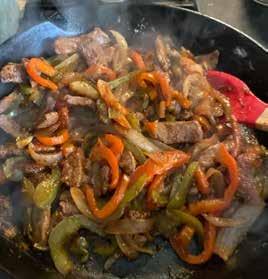
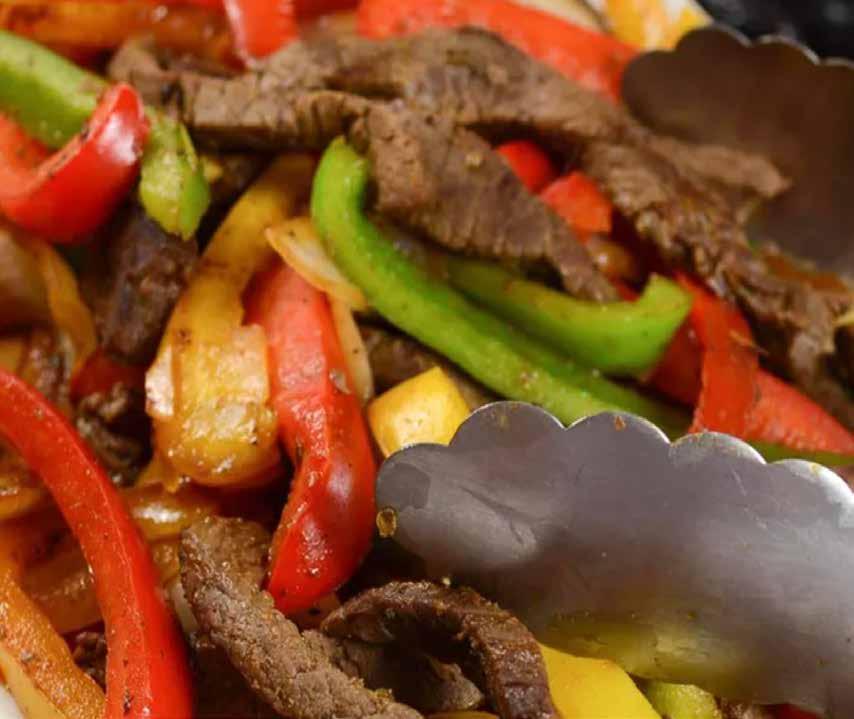
1. Combine seasoned salt, garlic salt, black pepper, cayenne pepper, and oregano to make the fajita seasoning. Sprinkle two teaspoons of the seasoning over the sliced venison. Mix well, cover, and refrigerate for 30 minutes.
2. Heat 2 tablespoons of oil in a heavy frying pan. Cook bell peppers and onion until starting to soften, then remove. Pour in remaining oil, then cook venison until browned. Return pepper mixture to the pan, season with remaining fajita seasoning, and reheat. Served with the warmed tortillas.

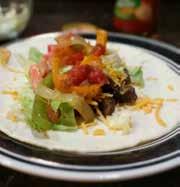

Do you have a favorite recipe? Email it to deerassociations@gmail.com for a chance to be featured in one of our magazines!
Please list the ingredients, linstructions, and include a photo or two! (Recipes don’t need to include venison!)

Scott Fier drives down the long scenic road from the center of town to his 30-acre deer farm of 21 years, Buffalo Ridge Whitetails in Porter, Minnesota. Trees are beginning to turn from green, to gold and crimson as the season of fall settles on the horizon, accompanied by shorter days and cooler temperatures. T-shirts are replaced by sweaters and jackets. Fawns are well on their way to being weaned. And it seems just about the time they are, preparation for breeding season begins. While careful management strategies dictate that some deer farmers opt for live cover certain years, other farms rely exclusively on semen straws to diversify their genetics, breed for CWD resistance, acquire more buck or doe fawns or perhaps incorporate more powerful doe lines. Depending on herd size, your budget or the amount invested in a semen straw (which can range in price anywhere from $100 to $10,000 per straw) deer farmers have three options for breeding their prized does. These options include vaginal insemination, laparoscopic artificial insemination (LAP A.I.) or embryo transfer.
While vaginal insemination may cost less up front and not require as much preparation, an entire semen straw, delivered via an insemination gun, must be administered per doe. While this does not necessarily require a vet to be present, comparatively, using LAP A.I., two to three does can be bred per semen straw. However, A.I. procedures require a veterinarian to perform the procedure which is akin to surgery. Whichever method you use “you’re going to have some expense either way,” said Fier. However, the ultimate decision as to which method to use may come down to how much
each semen straw costs. The higher the cost, the more likely you will be to use LAP A.I. and increase the number of fawns with those high-end genetics, Fier, 43, explained. Preparing for these procedures requires the farmer or paid professional to handle each straw with great care. While semen straws can be stored indefinitely in storage tanks, the liquid nitrogen inside each tank (responsible for keeping the temperature -300 below zero) must be refilled quarterly and acquired through your local semen storage facility, where semen can also be stored and maintained. Once out of the tank, straws must be placed in 96degree water in a thermos to thaw for approximately two minutes. “Always try to use the thawed semen as quickly as possible,” Fier said. “It can remain viable as long as the straw is used within 20 to 30 minutes.”
Does receiving vaginal insemination are generally run through a chute where they may or may not be sedated. Does receiving LAP A.I. are always sedated, tilted on their backs and shaved around their teats and bellies. Upon sanitizing those areas,
a veterinarian makes a tiny slit near the udder and using a microscope and tiny needle, injects semen into each uterine horn. While the success rate of vaginal insemination and LAP A.I. is very good, farmers typically use a “back-up” buck around the 18th day after insemination, to ensure the highest chances of doe pregnancy. DNA tests can prove whether fawns are the prodigy of the semen straw or the back-up buck, once they are born. However, an earlier delivery date points to vaginal insemination, LAP A.I. or embryo transfer. In addition to selecting a procedure that fits your needs and budget, deer farmers can also choose between conventional semen straws with 75mm per .5cc straw or approximately 50 million sperm cells or sexed semen straws with .25mm per straw or approximately 9 million sperm cells. However, given the amount of does a deer farmer may want to breed, bigger farms may feel that LAP A.I. is usually the best choice given a semen straw will go farther, Fier said. The question is “do you want to breed 10 does or 50?”


SCIENTIFICALLY FORMULATED NATURAL SUPPLEMENT TO HELP GROW LARGE, HEALTHY DEER AND BIG ANTLERS!
Nutrient rich formula contains highly bioavailable ingredients, including our proprietary calcium/phosphorous complex with Antler D TM, that are required to support body and bone growth, especially for fast growing bucks
Contains probiotics and targeted enzymes to support gut health and proper digestion

Available in pellet or powder that can be top dressed or mixed in feed. Great for antler growing season and young bucks, too
PRECISELY FORMULATED TO HELP MAINTAIN A NORMAL AND RELAXED DISPOSITION IN ALL CERVIDS
Provides optimal levels of magnesium, Vitamin B1 and inositol to promote calmness and provide help for restless animals
Contains no herbals, tryptophan or chemicals, eliminating concerns of unwanted side effects
Use PeaceMaker to “keep the peace” during pre-rut, rut, transportation, weaning and anytime destructive behavior may occur
POWERFUL SOLUTION FOR HEALTH & PRODUCTIVITY
Helps maintain digestive health and productivity
Contains micro-encapsulated probiotics, targeted enzymes and a novel fiber complex
Use in does before fawning, during lactation and all cervids during times of environmental stress

HELPS PRODUCE HEALTHY, FAST GROWING FAWNS
Helps maintain normal digestive health
Supports a healthy immune system
Feed powder for 14 days to bottle fed fawns
Paste is ideal for fawns left on does

FAWN & DEER XTR™
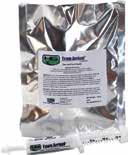
ROBUST FAST RESPONSE FOR FAWNS & OLDER DEER
Innovative formula delivers max digestive support, especially in newborns
Rapidly delivers help for GI health and a functioning immune system
May also be used post-tranquilization to support healthy recovery


44 ISSUES FOR 1 YR. (11 Publications x 4 quarters) - 18
$180 / Issue ($7920. / Yr) ~ Full Page
$102 / Issue ($4488. / Yr.) ~ Half Page (55-59%Discountoff singleadplacement)

16 ISSUES FOR 1 YR. (4 Publications of your choice x 4 quarters)
$204 / Issue ($3264. / Yr) ~ Full Page
$112 / Issue ($1792. / Yr.) ~ Half Page (48-54%Discountoff singleadplacement)




4 ISSUES FOR 1 YR. (1 Publication x 4 quarters)
$238 / Issue ($952. / Yr) ~ Full Page
$130 / Issue ($520. / Yr.) ~ Half Page (40-48%Discountoff singleadplacement)



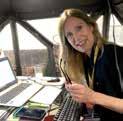
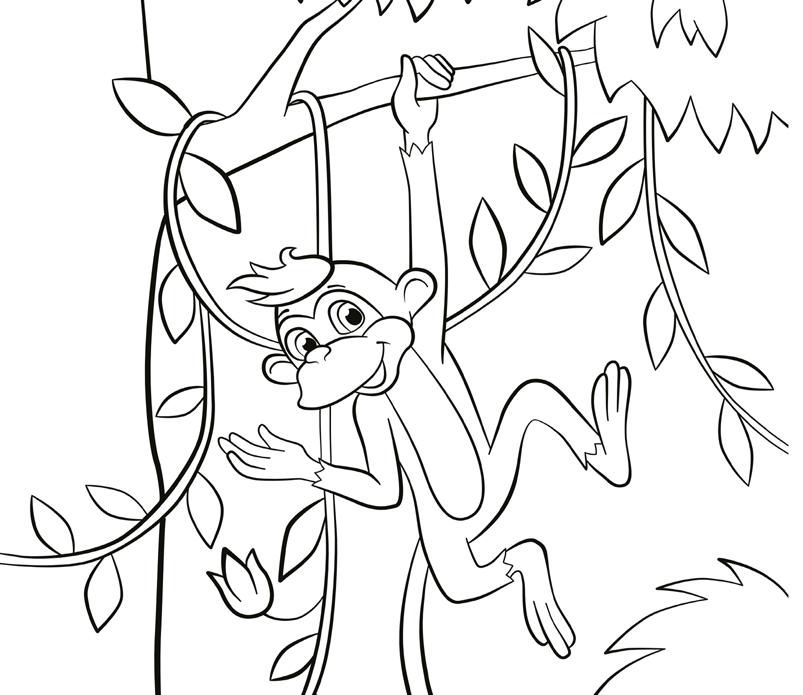
Answers to puzzles will be available in the next issue, or can be found on our website: www.deersites.com
Coloring pages can be mailed to “Samantha Uchytil, 19291 59th St NE, New London, MN 56273” for a chance to be featured in the next issue!








